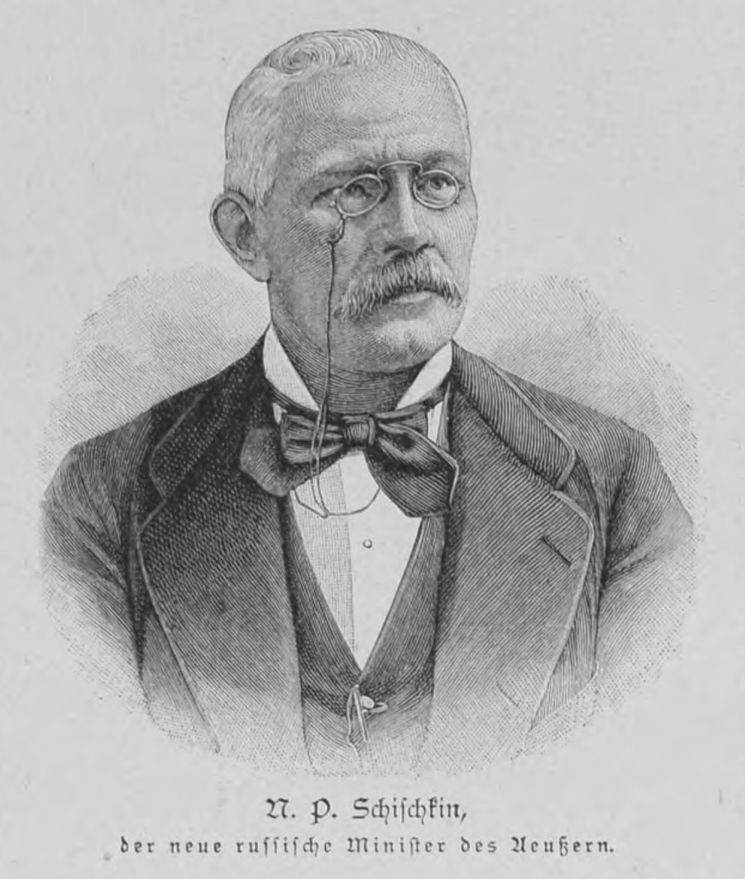History of the House & Famous Residents

General History of the House
DACOR and the DACOR Bacon House Foundation are headquartered in the elegant, 200 year-old DACOR Bacon House, a Federal-era, four-story brick mansion that is located two blocks from the White House.
The House is a beautiful and historic national treasure that serves as a living testament to America’s diplomatic heritage. It is also a museum for the public that honors the nation’s diplomatic history and showcases both art and artifacts from around the world.
Completed in 1825, the House was home to a number of influential social and political figures in the history of both our city and our nation. At least eight Presidents have visited or stayed at the House, including James Monroe, Abraham Lincoln, and Theodore Roosevelt. Two Chief Justices have lived here—John Marshall and Melville Fuller. The House also served as the Russian Imperial Minister’s official residence in the 1870s and home to several Members of Congress.
Virginia Murray Bacon, the last private owner of the House bequeathed 1801 F Street to the Bacon House Foundation in 1980 to protect the House in perpetuity. She directed that the House be maintained as a meeting place “to facilitate international peace and understanding by bringing together leaders in the field of foreign policy and international relations and law for the purpose of defining and resolving international problems.”
In 1985, the Bacon House Foundation merged with DACOR and its Educational and Welfare Foundation to form the DACOR Bacon House Foundation.
The House now serves as a center for international dialogue and hosts numerous events each week, including discussions, lectures, receptions, musical performances, and reunions for United States Foreign Service professionals who served together overseas.
It is listed in the National Register of Historic Places and is part of the National Trust for Historic Preservation. The House is also a two-time recipient of the American Institute of Architects’ Award for historical preservation and architecture.
As we honor our history, we pay tribute to the Nacotchtank (Anacostan) people who originally inhabited the land upon which the House is located and to the enslaved people who helped to build it. Their stories are every bit as important as those of the private owners and residents described below.
Early Landowners
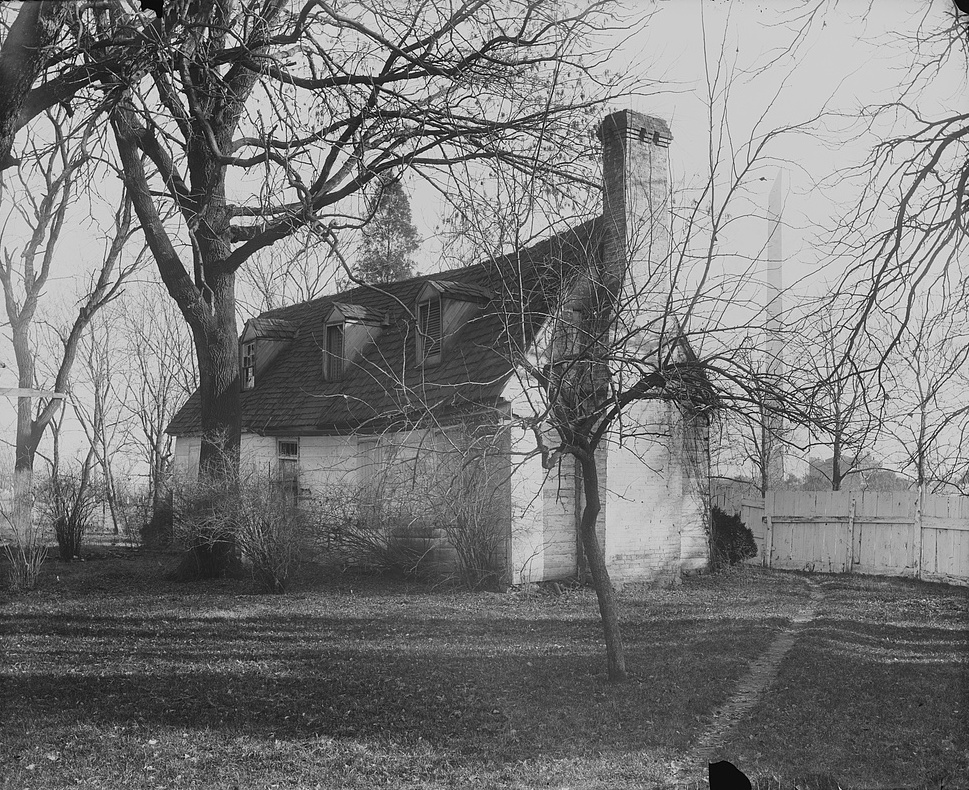
David Burnes
Owner of the property, Pre-1815
David Burnes was a Revolutionary War veteran who negotiated directly with President George Washington for the sale of large sections of his landholdings to the Federal Government, which included the area upon which the White House and much of the National Mall are built. The property was in his family for generations. Image: Home of David Burnes and his daughter, Marcia Van Ness, with the Washington Monument in the background, Washington, D.C.
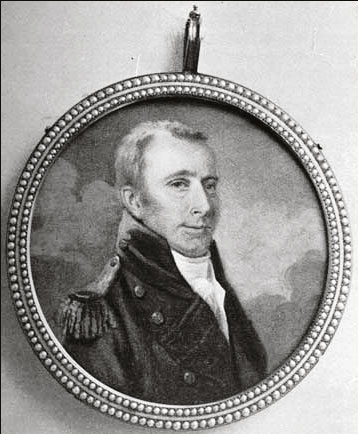
Tobias Lear V
Owner of the property, 1815-1824
Tobias Lear V was George Washington’s personal secretary and husband to Martha Washington’s niece, Frances Dandridge Henley. He was also one of our nation’s early diplomats, appointed by Thomas Jefferson as U.S. Consul in Santo Domingo and Consul General in Algiers. Lear died in 1816. However, his widow and son subsequently exchanged property lots with Tench Ringgold, who constructed the House which remains standing to this very day.
Historic Homeowners and Residents
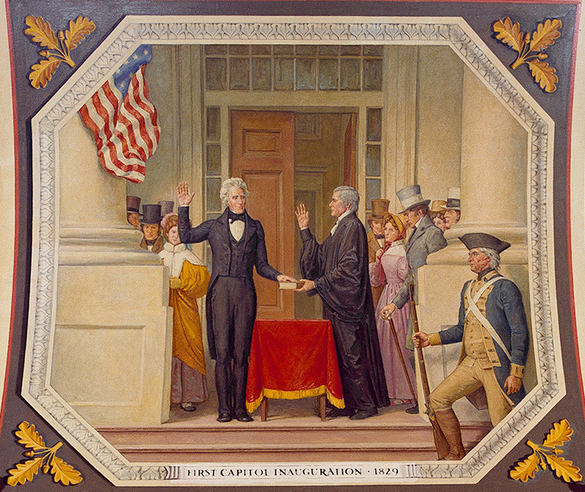
Tench Ringgold
Owner and Builder, 1824-1835
Tench Ringgold was a prominent entrepreneur from a wealthy Maryland slave-owning family who earned the trust of those in the White House when he personally led Dolley Madison and several members of her household staff to safety during the 1814 British burning of the White House. Ringgold became a close friend of President James Monroe, who appointed him as U.S. Marshal for the District of Columbia. Ringgold was reappointed by President John Quincy Adams and remains to this day the longest-serving U.S. Marshal in the history of the District of Columbia. Image: There are no known images of Tench Ringgold from his lifetime. However, Allyn Cox's 1974 mural of President Andrew Jackson's first inauguration, which is located in the U.S. Capitol Building, is thought to depict Ringgold in a blue and white top hat to the the right of Chief Justice John Marshall.
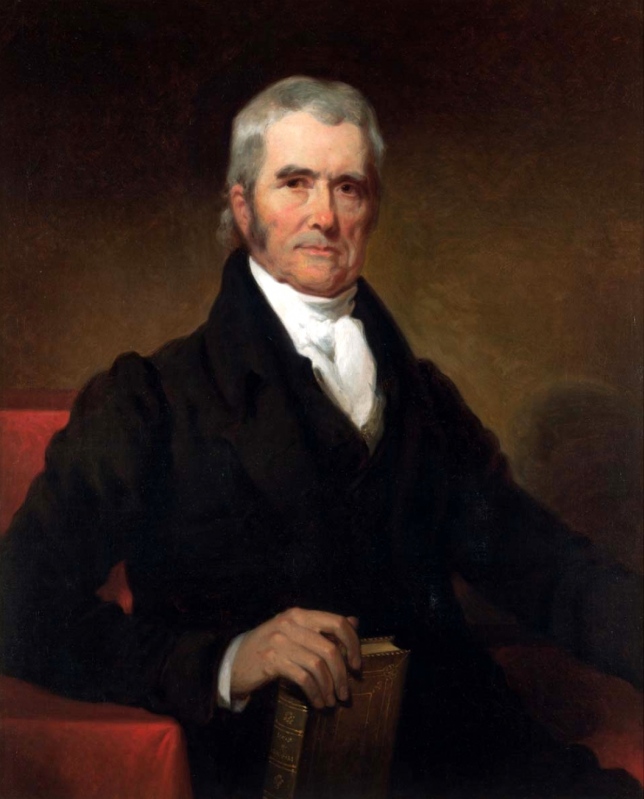
John Marshall
Boarder, 1832-1833
John Marshall served as U.S. Secretary of State before being appointed by President John Adams as Chief Justice of the U.S. Supreme Court. While the Court was in session during 1832 and 1833, Marshall gathered the Associate Justices in the South Drawing Room to discuss Court business over glasses of madeira. Among the most important issues they discussed were relations between the United States and the Cherokee Nations. To this day, Marshall is considered by many legal scholars to be the foremost jurist in American history.
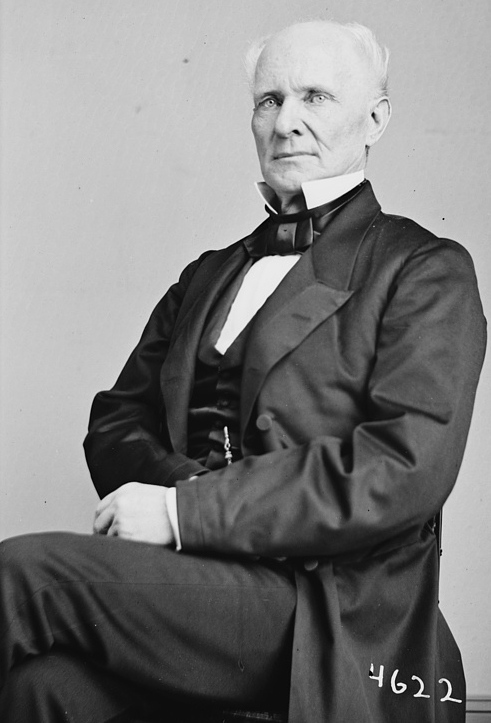
William & Sally Sprigg Carroll
Owners, 1835-1895
William Carroll was a member of the distinguished Carroll family of Maryland and Clerk of the Supreme Court for 35 years. Sally was the daughter of Samuel Sprigg, Governor of Maryland from 1819 to 1822. The Carrolls were friends to several Presidents, including the Lincolns. William Carroll also provided President Abraham Lincoln with the Bible used for his first inauguration, the now-famous “Lincoln Bible” which has been used by several other Presidents for their inaugurations.
Nikolai Shishkin
Renter, 1875-1878
Russian Imperial Minister Nikolai Shishkin was his country’s top diplomatic representative to the United States. Shishkin rented the House as his official residence during the Carroll’s ownership.
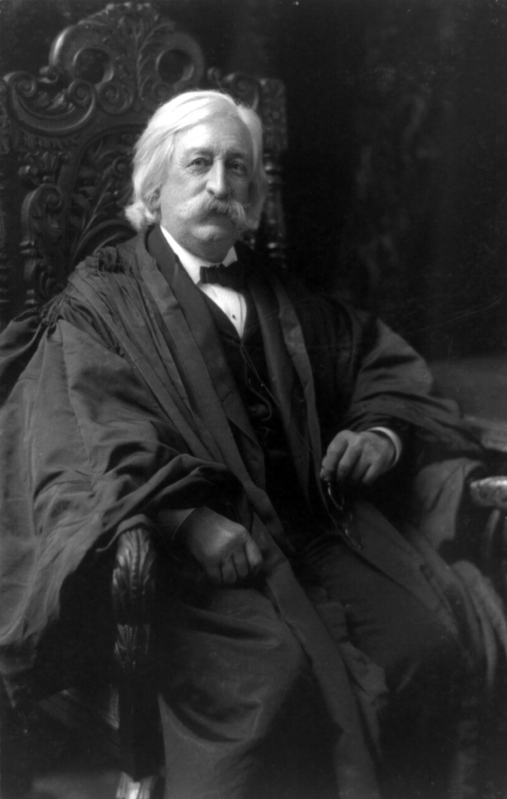
Melville & Mary Ellen Fuller
Owners, 1896-1910
Melville Fuller was Chief Justice of the U.S. Supreme Court from 1888 to 1910. The Fullers entertained numerous dignitaries, including President and Mrs. Grover Cleveland, President Theodore Roosevelt, and future President and Chief Justice William Howard Taft when he was Secretary of War. Chief Justice Fuller’s colleague Justice Oliver Wendell Holmes also visited regularly for Sunday meals after Mrs. Fuller died in 1904.

Alice Copley Thaw
Owner, 1911-1925
Alice Copley Thaw was a wealthy American heiress and former Countess of Yarmouth. She resided at the House for only the first year of her ownership but was instrumental in modernizing it by entirely replacing the plumbing, installing the electric lighting system, and adding numerous flourishes, including marble mantles and enlarged arches in the main reception rooms.
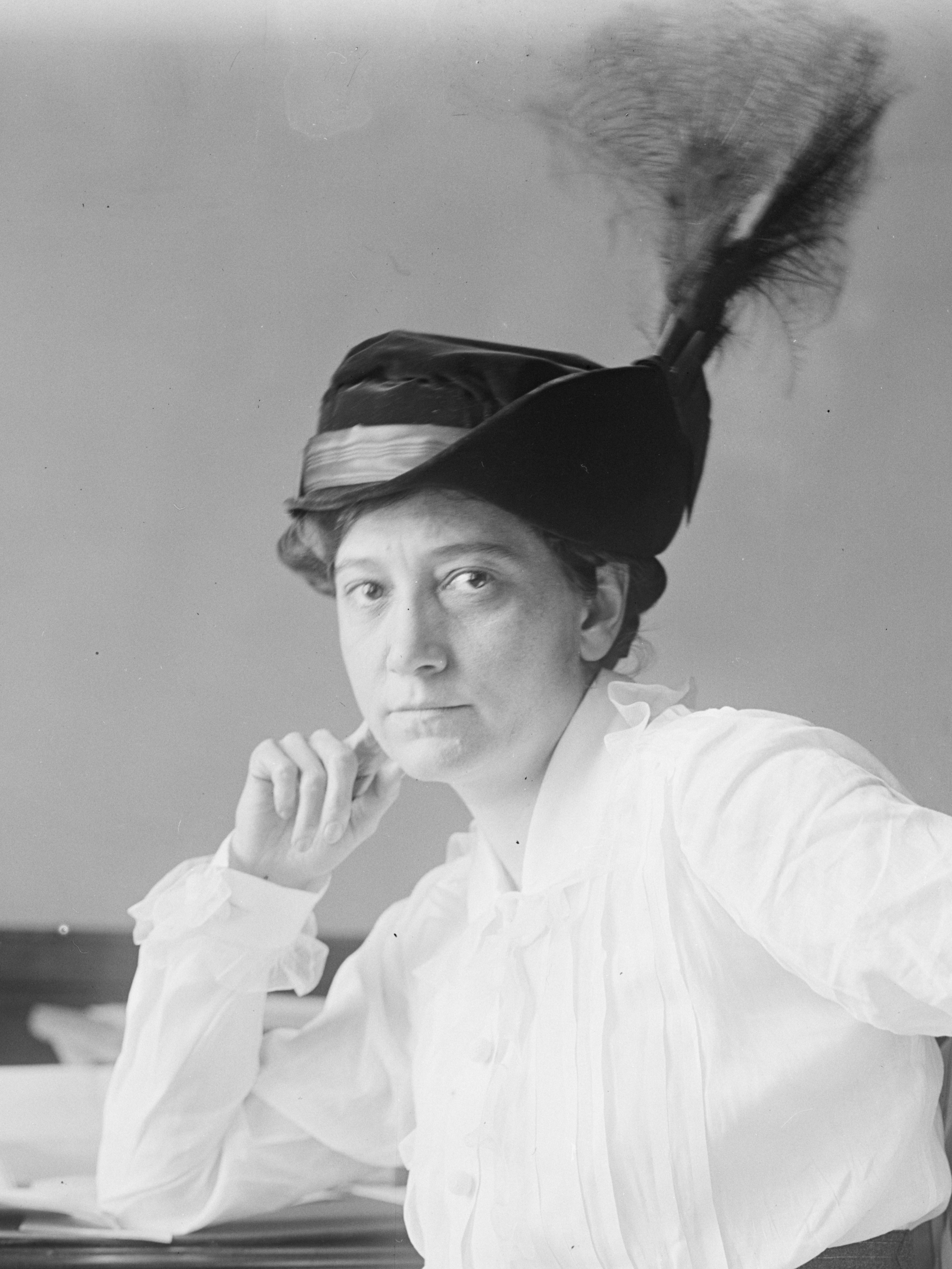
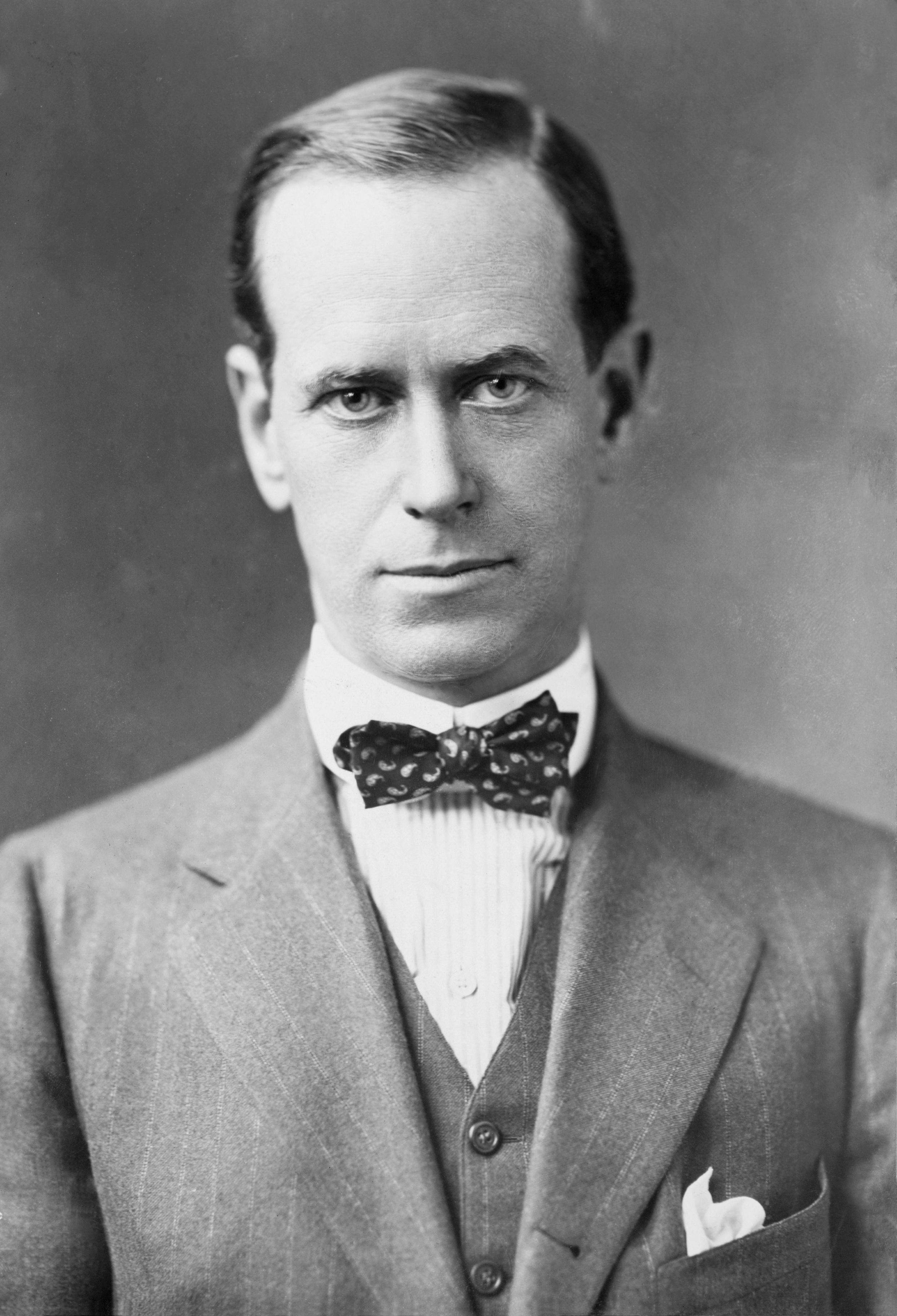
Medill and Ruth Hanna McCormick
Renters, 1919-1923
Senator Medill McCormick represented the Illinois at-large congressional district from 1917 to 1919 and served in the Senate from 1919 to 1925. He and his wife resided in the House during the 1920s, at which time they entertained numerous lawmakers and their spouses. Ruth Hanna McCormick later served as one of the very first women in Congress from 1929 to 1931, where she also represented the Illinois at-large district.


Robert Low Bacon and Virginia Murray Bacon
Last Private Owners, 1925-1980
Robert Low Bacon was an eight-term Congressman from New York and the son of Robert Bacon, Secretary of State and Ambassador to France. Virginia Murray Bacon was the great-great-granddaughter of John Murray, Earl of Dunmore, the last Royal Governor of the Colony of Virginia. A world traveler and recipient of numerous awards for humanitarian and cultural work, she was among the last “grandes dames” of Washington’s elite social circle, a friend of the Foreign Service, and proud Dacorian.
Further Reading
For more information about the history of our beloved House, please visit our Academic Library.

